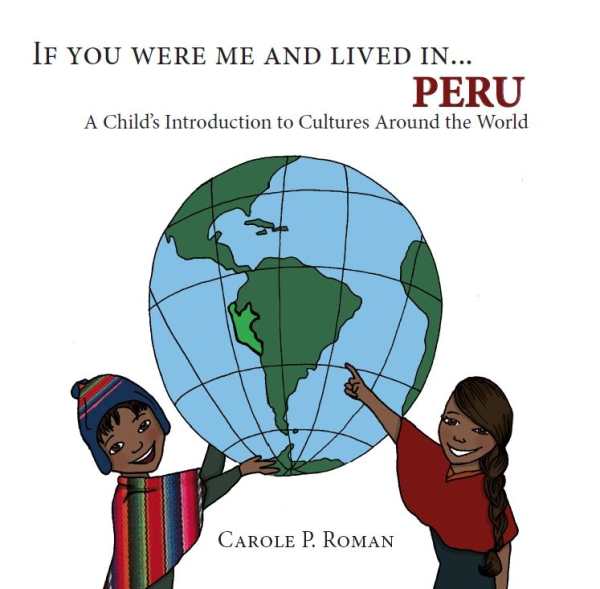If You Were Me and Lived in...Peru
A Child's Introduction to Cultures Around the World
Roman applies her winning formula to Peru in a richly detailed book that makes cultural awareness fun.
Add one more pin to the classroom map. This time we’re going to Peru, in the latest information-packed entry in Carole P. Roman’s popular If You Were Me and Lived in… series for early elementary readers. In If You Were Me and Lived in…Peru, Roman once more offers geographical, cultural, and language lessons for children from prekindergarten to age eight, through the eyes of a boy and a girl from a particular country. As she’s done with Mexico, South Korea, and several others, Roman offers a lively look at the daily routines of kids in another nation in her continuing effort to help young readers see the similarities, as well as the differences, among cultures around the globe.
Roman introduces Peru with the help of two Peruvian children in traditional garb who appear throughout the book. The children are drawn as iconic representatives of their culture, with accessible, smiling faces that will welcome young readers into their world. The level of detail in the illustrations varies. The images of the children shopping in the textile markets and throwing water balloons at Carnival, for instance, are richly detailed and show activities children can picture themselves doing. The more generic geographical drawings may be necessary to set the stage, but are unlikely to draw youngsters’ interest in the same way.
Roman follows the formula that has worked so well in her previous books: using kid-friendly topics such as food, school, games, and family to introduce a new vocabulary. Thus, readers easily learn what ceviche is (raw white fish soaked in lemon, onion, and chilies) and that Incan kings were once served the prized dish of fried guinea pig. Kids may squeal at the latter example, but they will remember it. It’s unlikely that kindergartners will read the fairly complex sentences on their own, but parents and teachers should rest assured that Roman includes pronunciation guides to make reading aloud comfortable, even when words like papa rellena (stuffed potato) and picarones (fried doughnuts) appear in quick succession.
Each book in the series follows the same format, from the globe and kids on the cover to the circle of hand-holding children at the end. For adults, the sameness may be tiresome, but to a five-year-old, familiarity is comforting and provides a solid base for exploration. Roman’s books succeed by fostering this familiarity and using it to open up a new world for young readers.
Reviewed by
Sheila M. Trask
Disclosure: This article is not an endorsement, but a review. The publisher of this book provided free copies of the book and paid a small fee to have their book reviewed by a professional reviewer. Foreword Reviews and Clarion Reviews make no guarantee that the publisher will receive a positive review. Foreword Magazine, Inc. is disclosing this in accordance with the Federal Trade Commission’s 16 CFR, Part 255.

